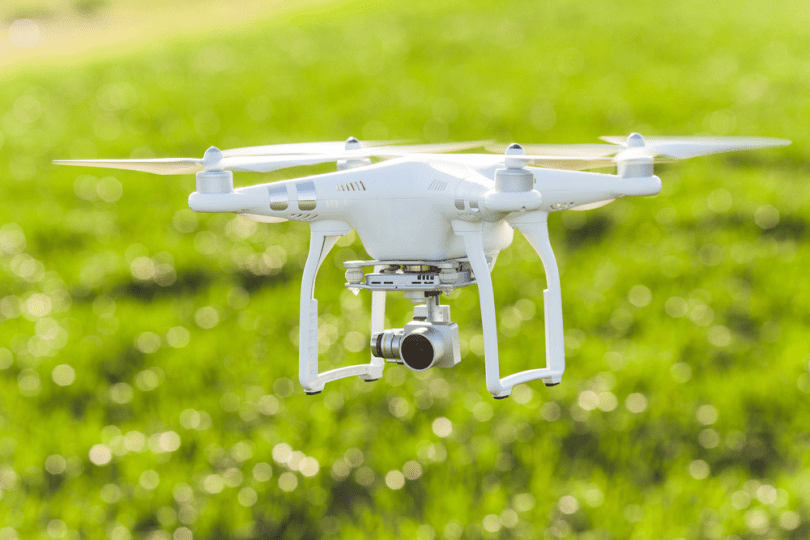- December 28, 2025 12:25 am
- California

Artificial intelligence is making drone technology more ingenious and adaptive. With AI’s assistance, it plots a way to building fully autonomous drones in the near future.
Apart from the various uses of drone technology in a workplace, they’re also used to support audits by measuring stockpiles, verifying already completed measurements, and even in construction and mining areas. In places where humans can end up in danger or face risks that would directly influence their health and safety, drones have made this task a lot easier. They’ve also helped replace heavy-duty machinery used to perform land surveys and analysis in the construction or mining sector, dramatically reducing risks. All in all, drones are much safer, efficient, and cost-effective than traditional surveying or operation approaches.
Although drone technology has its multiple uses, the drone workflow of any drone is broken into four stages: permission to fly, capturing, processing, and sharing.
If we consider drones for audits, they’d usually be in a semi-autonomous state, carrying over two out of the four stages, capturing and processing. Capturing usually involves a pilot positioned at a particular site. Although the drone would fly a predetermined route, the pilot would legally have to monitor the drone at all times to ensure a safe flight. The images captured by the drone are later processed into models or stockpiles using several software. This, again, becomes a semi-automated task since it involves a human at all times.
In the next five years, these stages will further automate and advance its approach. With the help of computer vision AI, drone data capture and analysis will be better integrated, leading to more secure and efficient processing of data. Computer vision can help deliver an effective sense-and-avoid mechanism. In other words, enabling the drone to map its environment dynamically in 3D can help in safe maneuvering, thereby avoiding crashes.
In terms of human operation, AI and its associated technology allow drones to be operated remotely, providing better speed and quality. This means that the operator can run multiple missions simultaneously from a central command and control site, which could sometimes be located miles away from the mission site.
As we can see how AI and drone technology integrated becomes a power-pack for extensive utilities, it is imperative to keep in mind that both drones and AI exist in a social context. For the advancements to take their full potential, regulations ought to be evolved and revised, and social acceptance will need to build up. If a business must reap the benefits of drone technology, it must respect the regulations put forth ethically.
All of that said, drone technology holds tremendous scope to boom in the market (not like it already isn’t), and even in their semi-automated states, they can be used to deliver significant results to businesses today.